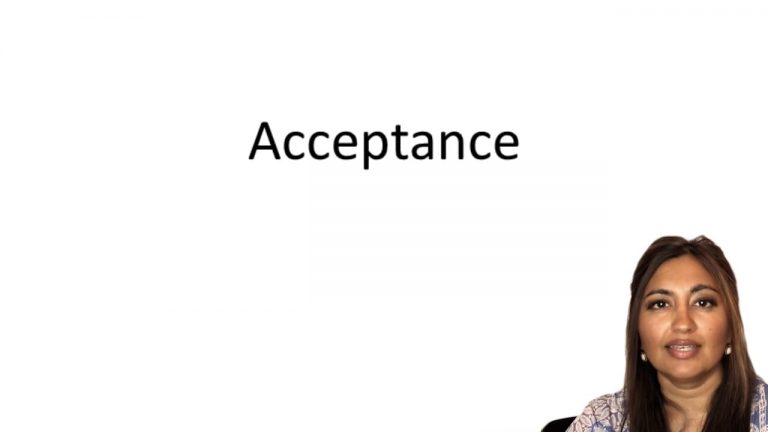Confirm favorite deletion?
Contracts Keyed to Calamari
Fairmount Glass Works v. Crunden-Martin Woodenware Co.

ProfessorMelissa A. Hale
CaseCast™ – "What you need to know"
Facts
On April 20, 1985, the Appellee, Fairmount Glass Works (the “Appellee”) wrote a letter to the Appellant, Crunden-Martin Woodenware Co. (the “Appellant”) requesting the best price they could offer for “ten car loads of Mason green jars, complete, with caps, packed one dozen in a case, either delivered here, or f. o. b. cars your place, as you prefer.” On April 23, 1895, the Appellant replied with a quote for three different sizes of jars and information about shipment and payment. Additionally, the letter said the quotes were “for immediate acceptance.” On April 24, 1895, the Appellee responded “[e]nter order ten loads as per your quotation.” Additionally, a provision requiring the “jars and caps to be strictly top quality goods” was included in the Appellees’ response. On April 24, 1895, the Appellant responded via telegraph and said they could not fill the Appellees order, because they had sold all the goods. The lower court found for the Appellee and the Appellant appealed.
Only StudyBuddy Pro offers the complete Case Brief Anatomy*
Access the most important case brief elements for optimal case understanding.
*Case Brief Anatomy includes: Brief Prologue, Complete Case Brief, Brief Epilogue
- The Brief Prologue provides necessary case brief introductory information and includes:
Topic:
Identifies the topic of law and where this case fits within your course outline.Parties:
Identifies the cast of characters involved in the case.Procedural Posture & History:
Shares the case history with how lower courts have ruled on the matter.Case Key Terms, Acts, Doctrines, etc.:
A case specific Legal Term Dictionary.Case Doctrines, Acts, Statutes, Amendments and Treatises:
Identifies and Defines Legal Authority used in this case.
- The Case Brief is the complete case summarized and authored in the traditional Law School I.R.A.C. format. The Pro case brief includes:
Brief Facts:
A Synopsis of the Facts of the case.Rule of Law:
Identifies the Legal Principle the Court used in deciding the case.Facts:
What are the factual circumstances that gave rise to the civil or criminal case? What is the relationship of the Parties that are involved in the case.Issue(s):
Lists the Questions of Law that are raised by the Facts of the case.Holding:
Shares the Court's answer to the legal questions raised in the issue.Concurring / Dissenting Opinions:
Includes valuable concurring or dissenting opinions and their key points.Reasoning and Analysis:
Identifies the chain of argument(s) which led the judges to rule as they did.
- The Brief Prologue closes the case brief with important forward-looking discussion and includes:
Policy:
Identifies the Policy if any that has been established by the case.Court Direction:
Shares where the Court went from here for this case.
Topic Resources

 19m 28s
19m 28s